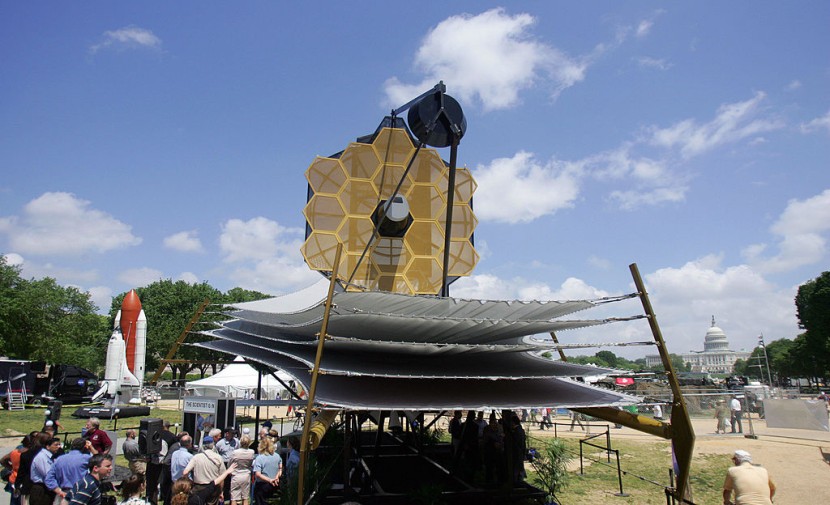
NASA's James Webb Space Telescope team was recently able to complete critical mirror alignment steps and said that they expect Webb's optical performance to meet or exceed the scientific goals that the observatory was built to achieve.
The historic moment was accompanied by a magnificent and beautiful picture of a star that is surrounded by multiple galaxies. On Mar. 11, the Webb team successfully completed the stage of alignment called "fine phasing," which is considered a key stage in the commissioning of Webb's Optical Telescope Element.
The stars are aligning...so to speak. ⭐
— NASA (@NASA) March 16, 2022
Our @NASAWebb team has fully aligned the telescope's primary imager with its mirrors, keeping its optics on track to meet or exceed science goals. Tune in at noon ET (16:00 UTC) for an update: https://t.co/F638lywmKI#UnfoldTheUniverse pic.twitter.com/FDTQVlNDUC
NASA Webb Telescope
At this stage, scientists found that every optical parameter that had been checked and tested was performing at or above expectations. The Webb team also said they found no critical issues, and there were no measurable contamination or blockages to Webb's optical path.
The observatory is now able to gather light from distant objects and send it to its instruments with no issue. While Webb will still take months to deliver its new view of the cosmos, the milestone means that the team is now confident that the observatory's first-of-its-kind optical system is working properly, as per NASA.
The mirror spans 6.5 meters in width and is composed of 18 hexagonal segments, and had to travel to space folded. The alignment process was one of the critical processes that the Webb team had to do since it was launched on Dec. 25, 2021.
The alignment process included fine-tuning the positions and inclinations of all 18 segments with nanometer-scale precision. The Webb telescope, which is worth a total of $10 billion and is considered the most complex and most expensive observatory ever launched, has started taking images that will take scientists' breath away.
According to Space, in a news conference on Mar. 16, 2022, Webb operations project scientist at the NASA Goddard Space Flight Center in Maryland Jane Rigby said that the telescope's performance was far greater than anything they had expected. She noted that the engineering images they observed were sharp and crisp, similar to the Hubble Space Telescope but were of a wavelength that was totally invisible to the Hubble.
Magnificent Image
NASA science chief Thomas Zurbuchen said that the new image marked one of the most magnificent days in his whole career at the space agency. He argued that it was also one of the most important days of their lives for astronomers.
Webb optical telescope element manager at the Goddard Space Flight Center, Lee Feinberg, told reporters that he was ecstatic that Webb's optical performance was phenomenal. He noted that the Webb team was expecting to find out the performance of the telescope when it showed an image of a star that looked like a star, which is what the recent image showed.
The beautiful photograph showed a nondescript star known as 2MASSJ17554042+6551277 and was imaged in a 2,100-second exposure at the end of an arduous alignment process. Webb deputy telescope scientist at the Space Telescope Science Institute in Baltimore, Marshall Perrin, said that the specific star was chosen because it was a "generic, anonymous star in the sky that worked well for the kind of sensing measurements we needed to do," CBS News reported.
Related Article: Scientists Discovered Funerary Avenues With Numerous Graves in Saudi Arabia in Interlocking Bronze Age Tombs
Related Article:








